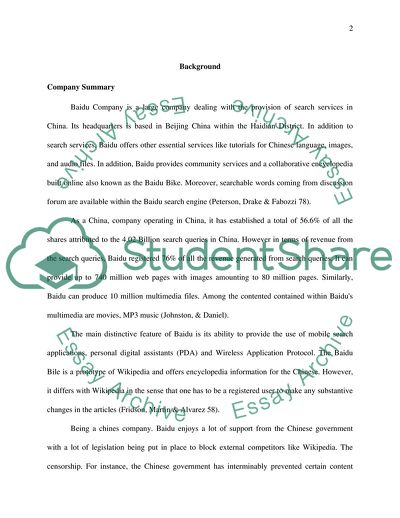Cite this document
(Financial data analysis: Baidu Term Paper Example | Topics and Well Written Essays - 1750 words, n.d.)
Financial data analysis: Baidu Term Paper Example | Topics and Well Written Essays - 1750 words. https://studentshare.org/finance-accounting/1874657-financial-data-analysis-baidu
Financial data analysis: Baidu Term Paper Example | Topics and Well Written Essays - 1750 words. https://studentshare.org/finance-accounting/1874657-financial-data-analysis-baidu
(Financial Data Analysis: Baidu Term Paper Example | Topics and Well Written Essays - 1750 Words)
Financial Data Analysis: Baidu Term Paper Example | Topics and Well Written Essays - 1750 Words. https://studentshare.org/finance-accounting/1874657-financial-data-analysis-baidu.
Financial Data Analysis: Baidu Term Paper Example | Topics and Well Written Essays - 1750 Words. https://studentshare.org/finance-accounting/1874657-financial-data-analysis-baidu.
“Financial Data Analysis: Baidu Term Paper Example | Topics and Well Written Essays - 1750 Words”. https://studentshare.org/finance-accounting/1874657-financial-data-analysis-baidu.


